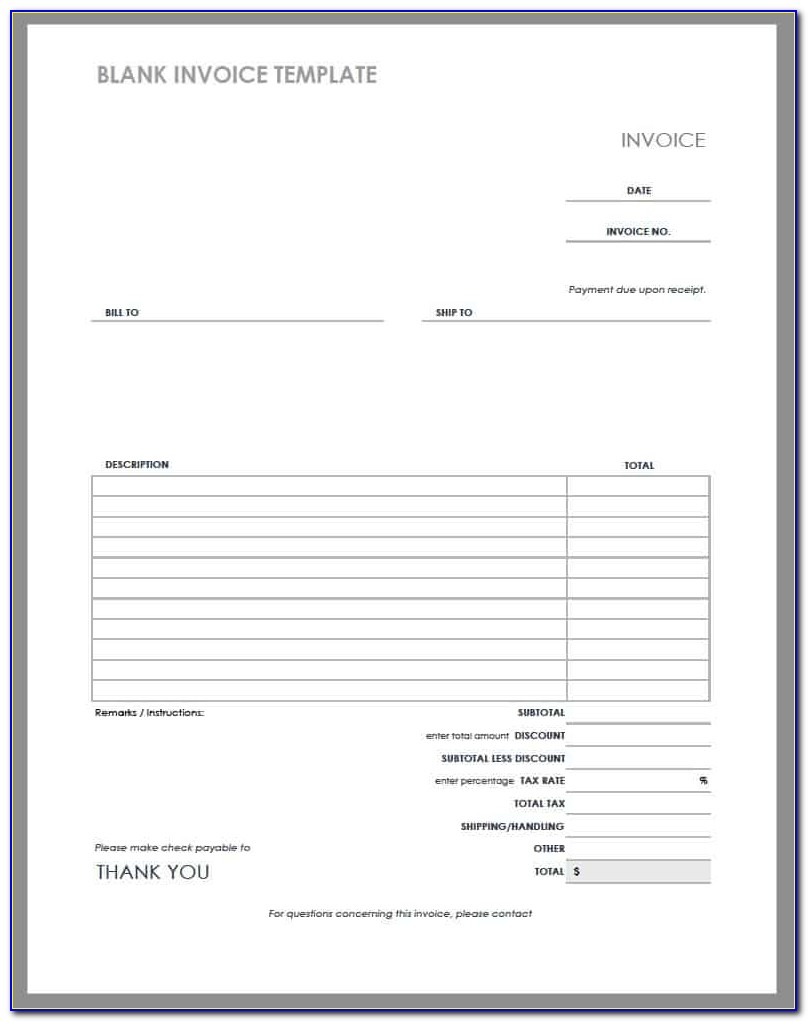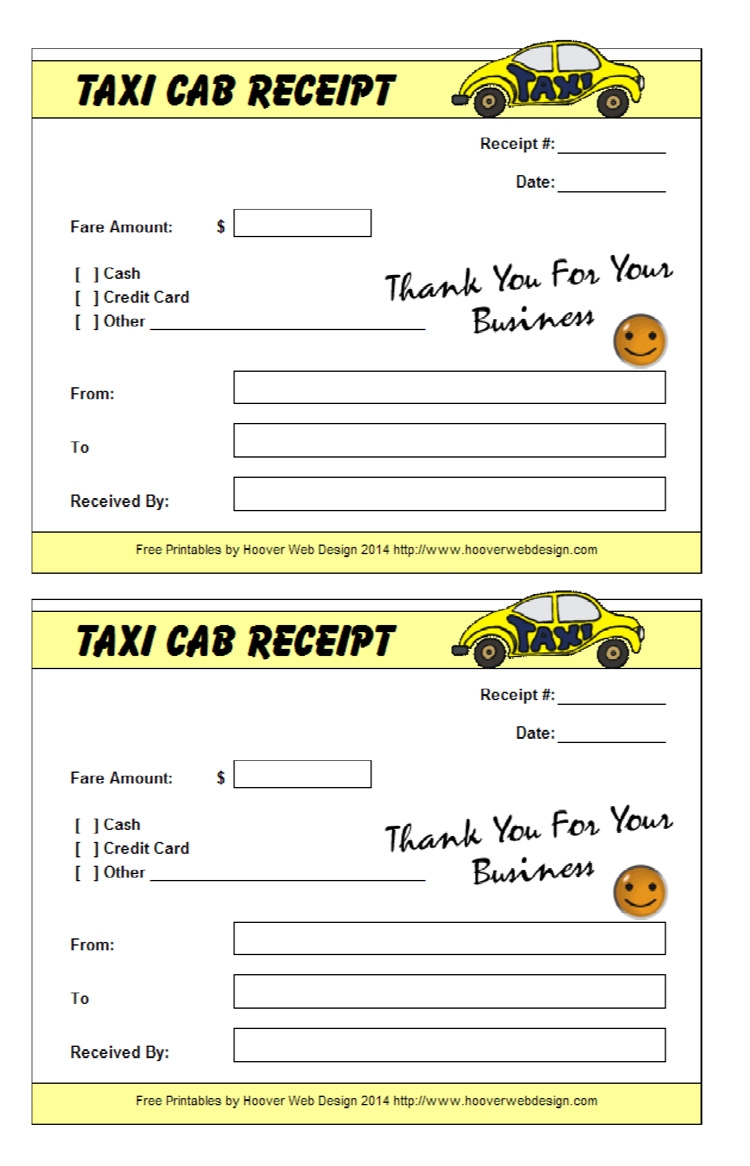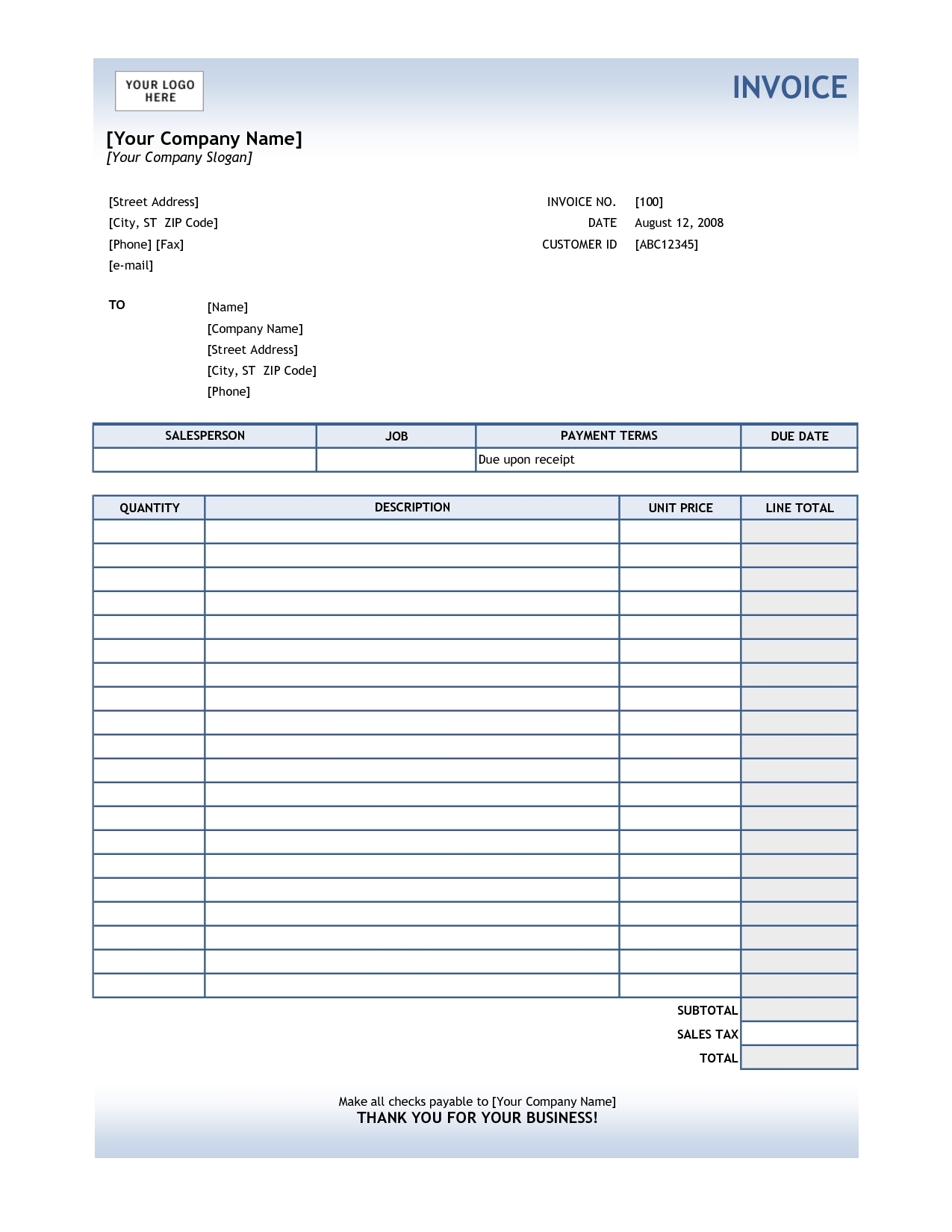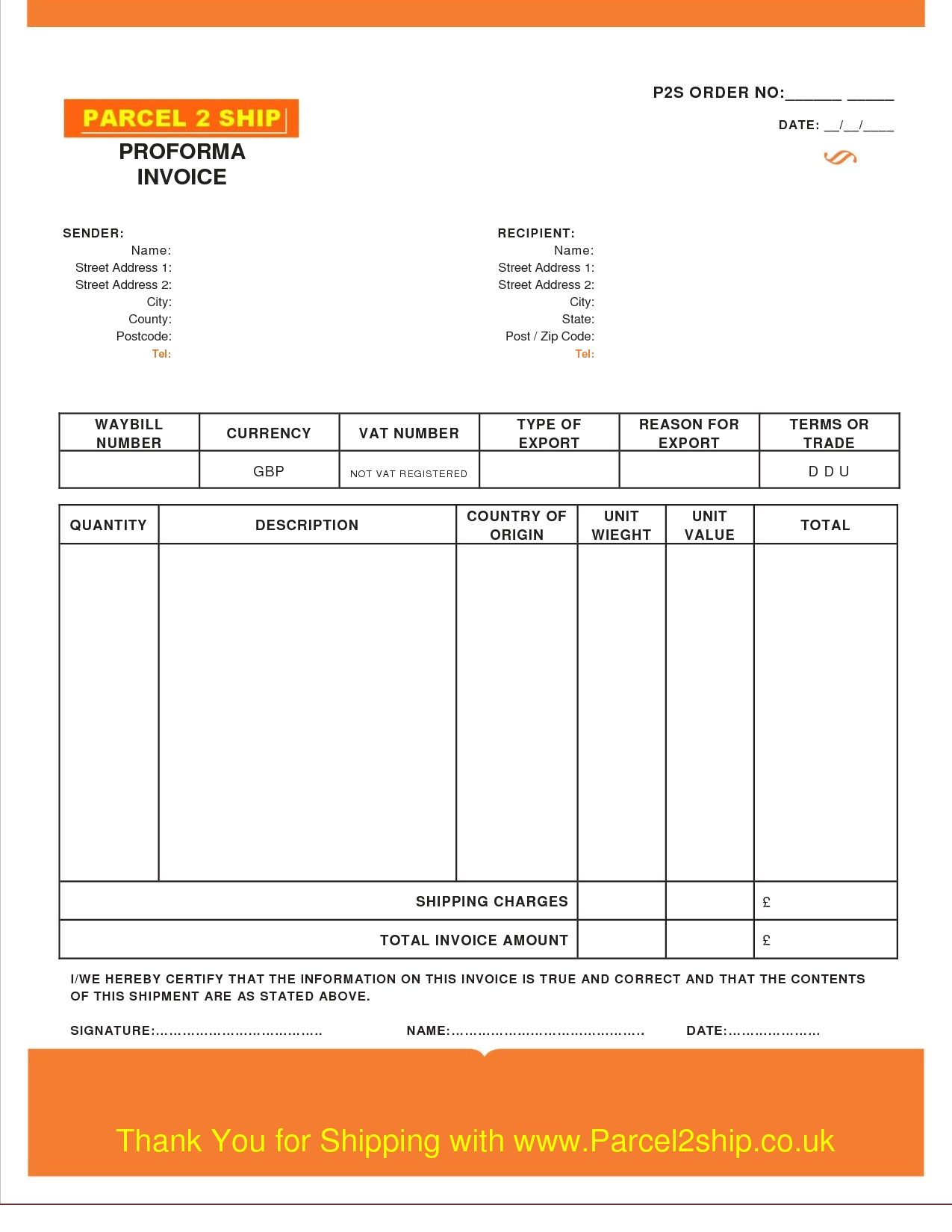

You can then attach the PDF to an email and send digitally or print the invoice and mail it to the client. Name the file and save it in an easy-to-find location, such as your desktop. Because many people still print business receipts, choose the “best for printing setting.” Go to file > save as and select PDF as the file format. This keeps it from being changed or coming across to the recipient with odd formatting. Once everything is filled in, you are ready to save and send the invoice.Ĭonvert the invoice into a PDF before sending it. Step 2: Open the Invoice and Enter Client Details That way you never lose your default template. You may want to name it something that you can remember later such as “Invoice Template.” Pro tip: Save the file as read only, so that every time you open it and start working, you will be prompted to save a new file. Contact information for person being invoiced.

The main goal is not to leave information in the template that could lead to a mistake later. This depends on what works best for your needs. You can insert dummy text or turn your invoice template into a fillable form. Strip out information for fillable fields. Currency (if different from the template)įor any elements in the template that you do not plan to use, delete those elements altogether.Your name, or business name, and contact information.


Swap out the default template elements for your own information. Double click the file name or navigate to file > open. Start by opening whatever template file you plan to use. We will use a template from Envato Elements. Microsoft has some invoice templates available, but they are fairly simple in terms of design. There are so many elements to an invoice that there’s no need to recreate the wheel here. Getting started with a Word invoice template is the recommended option.


 0 kommentar(er)
0 kommentar(er)
